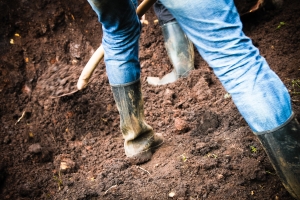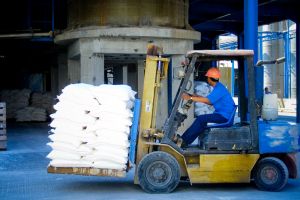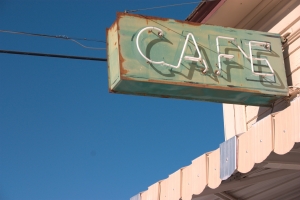The United States job market, and the job market in Boston, remains decidedly an employer’s market. Wages are largely stagnant, unemployment levels remain high and workers are competing for jobs with some anxiety as the long-term unemployed face the end of their benefits and new graduates continue to flood the job market. 
Amid this troubling economic environment, it may become too easy for employers to get complacent and think they do not have to be as mindful of employee safety and well-being. While it is true that employers may not have to offer competitive benefit packages or high wages to fill vacancies, our Boston work accident attorneys urge all employers to remember that they have important obligations to employees.
Employer’s Market Lingers, But Safety Obligations Still Exist
Recently, the Bureau of Labor Statistics announced that the total compensation costs for private industry workers in Boston increased 1.6 percent for the year ending in December of 2012. This is down from a year ago when Boston experienced an annual gain in total compensation costs of 2.5 percent. It is also slightly below the nationwide increase of 1.9 percent in compensation costs.
Regarding wages and salaries, the largest component that accounts for compensation costs, Boston experienced a 1.3 percent increase for the 12-month period ending in December of 2012. This was also below the national average of 1.7 percent.
Workers in Boston, therefore, aren’t doing very well as far as wage increases. On the national level, the increases in compensation costs are also very small and indicate that workers are experiencing ongoing wage stagnation with any compensation increases likely barely keeping pace with inflation.
This data is bad news for workers, but not necessarily for employers who may continue to enjoy the low-cost labor and the vast market of job seekers. Employers don’t have any obligation to raise the wages of workers, of course, outside of an employment contract specifying otherwise and outside of rules requiring compliance with minimum wage and overtime laws. These laws set a low ceiling and employers can avoid increasing their compensation costs as long as the job market remains an employer’s market.
Employers, however, should never assume that they do not have to comply with all safety regulations regardless of how in-demand jobs are. An employer cannot violate OSHA requirements for maintaining a safe workplace, even if employees are willing to work in an unsafe location. Employers also cannot and should not hire untrained workers to perform skilled or dangerous work, even if the workers are willing to do it for a low wage.
There are some corners, in other words, that employers should never cut. Workers do not have to put up with an employer breaking safety rules and if you or someone you know is experiencing an employer’s violations of OSHA or labor laws, then you have legal rights and should take action.
When employers fail their workers by allowing unskilled laborers to do dangerous jobs or by creating a dangerous worksite, employers are responsible for the consequences of their choices. In fact, it is important to remember that employers are always responsible for work injuries through workers’ compensation, and that is not optional. Employers cannot cut your workers’ compensation, and must pay you benefits if you get hurt at work, regardless of the leverage they may have to negotiate other aspects of your employment in this employer’s market.
Continue reading
 Massachusetts Workers Compensation Lawyers Blog
Massachusetts Workers Compensation Lawyers Blog












